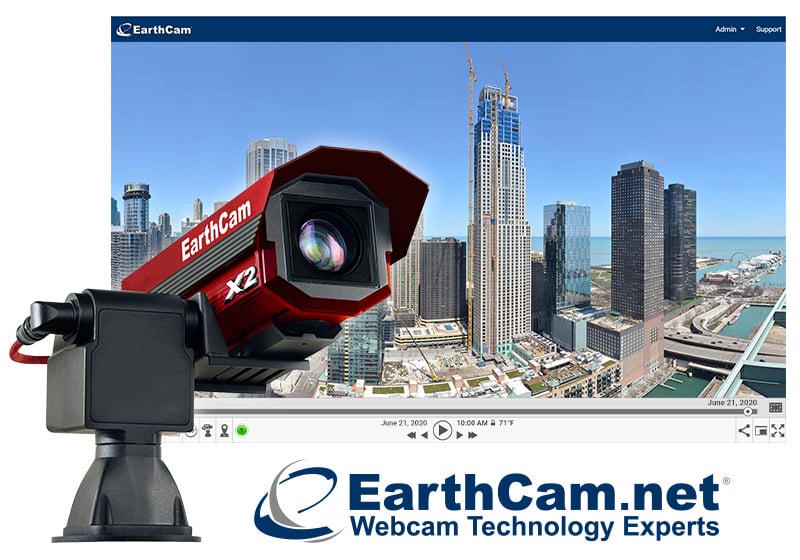The term "Organic Architecture" was coined by architect Frank Llyod Wright. This fusion of the natural and built worlds, he believed, was the new and thriving design paradigm. Every element of the natural environment has always inspired Wright. He used to pay close attention to natural processes and draw inspiration from them in order to create both a prosperous and long-term ecosystem.
Frank Lloyd Wright emphasized for nearly seven decades that organic architecture is not a style in the traditional sense. In addition to this idea, he campaigned for another. Despite being mentored by Louis Sullivan, who advocated for form over function his entire life, Wright was a firm believer in the opposite. He asserted that form and function are inseparable and that organic architecture should be based on this and regarded as a style.
The most common misconception about organic architecture is that it is all about curved and unusual designs. Organic architecture is frequently associated with free-flowing shapes, with some claiming that any curvilinear structure is organic. We were surprised to find a curved structure in Frank Lloyd Wright's building, the master of this architectural concept. His curves, too, are based on circles, which form a geometric shape.
One of the most common myths about organic architecture is that it is naturally sustainable and that a building made of brick and vegetation is organic. Organic or not, environmentally sustainable design should be a requirement for all architecture projects. Furthermore, while organic architectural designs can be created to be sustainable, they are not a natural trait.
Using only brick or greens in your construction and calling it organic is not a correct statement. Steel and glass buildings can also be organic because these materials can be recycled and reused.
Everyone has probably heard of the ancient concept of vernacular architecture, which was fundamentally organic. Organic architecture is founded on vernacular architecture, which features forms inspired by natural components and constructions made of low-cost local materials.
Furthermore, the Ancient Greek and Egyptian civilizations learned about natural forms and human bodies, which they conceptualized as geometry. They used basic shapes like circles, triangles, ellipses, and rectangles to create proportions for their temples, shrines, and constructions. Geometry can be found in even the most fundamental discoveries, such as the Golden Section, the logarithmic spiral, and the life and growth curve. All of this laid the groundwork for what we now call Organic Architecture.
The organically designed Annex of Mana Uber Verdant Phase 2 spans 6.52 acres and includes three towers with five blocks totaling 476 units, including two basements, a ground floor, and 13 higher levels of green living space. You can have the best of both worlds. On one side, you can walk to some of the world's most prestigious firms, schools, hospitals, and entertainment venues. Our vertical gardens, on the other hand, allow nature to live among you even if you are in the heart of Bengaluru's built environment.
Frank Lloyd Wright emphasized for nearly seven decades that organic architecture is not a style in the traditional sense. In addition to this idea, he campaigned for another. Despite being mentored by Louis Sullivan, who advocated for form over function his entire life, Wright was a firm believer in the opposite. He asserted that form and function are inseparable and that organic architecture should be based on this and regarded as a style.
The most common misconception about organic architecture is that it is all about curved and unusual designs. Organic architecture is frequently associated with free-flowing shapes, with some claiming that any curvilinear structure is organic. We were surprised to find a curved structure in Frank Lloyd Wright's building, the master of this architectural concept. His curves, too, are based on circles, which form a geometric shape.
One of the most common myths about organic architecture is that it is naturally sustainable and that a building made of brick and vegetation is organic. Organic or not, environmentally sustainable design should be a requirement for all architecture projects. Furthermore, while organic architectural designs can be created to be sustainable, they are not a natural trait.
Using only brick or greens in your construction and calling it organic is not a correct statement. Steel and glass buildings can also be organic because these materials can be recycled and reused.
Everyone has probably heard of the ancient concept of vernacular architecture, which was fundamentally organic. Organic architecture is founded on vernacular architecture, which features forms inspired by natural components and constructions made of low-cost local materials.
Furthermore, the Ancient Greek and Egyptian civilizations learned about natural forms and human bodies, which they conceptualized as geometry. They used basic shapes like circles, triangles, ellipses, and rectangles to create proportions for their temples, shrines, and constructions. Geometry can be found in even the most fundamental discoveries, such as the Golden Section, the logarithmic spiral, and the life and growth curve. All of this laid the groundwork for what we now call Organic Architecture.
The organically designed Annex of Mana Uber Verdant Phase 2 spans 6.52 acres and includes three towers with five blocks totaling 476 units, including two basements, a ground floor, and 13 higher levels of green living space. You can have the best of both worlds. On one side, you can walk to some of the world's most prestigious firms, schools, hospitals, and entertainment venues. Our vertical gardens, on the other hand, allow nature to live among you even if you are in the heart of Bengaluru's built environment.



